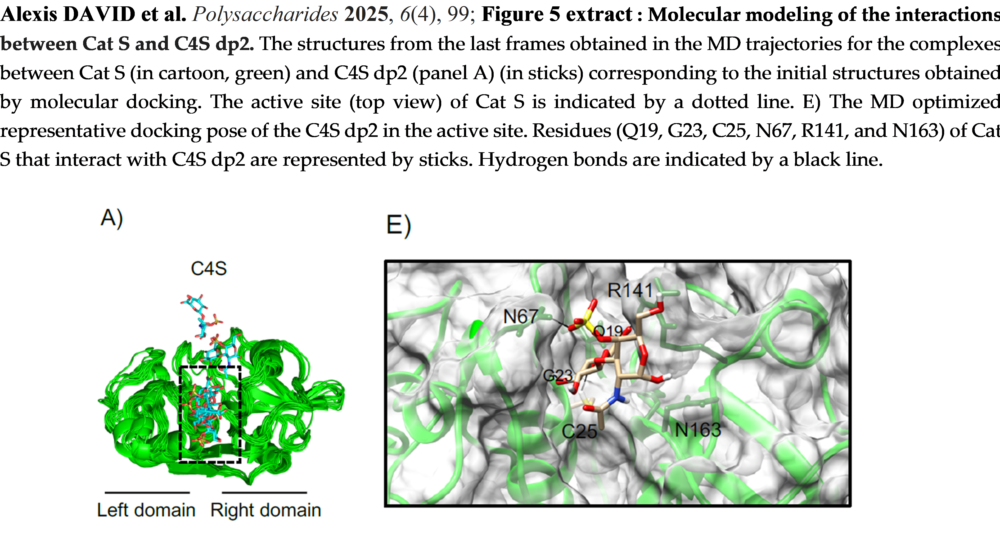Félicitations à l’équipe de Carine Le Goff (INSERM U1148, Laboratory of Vascular Translational Science, Bichat Hospital, Paris, Université Paris Cité) et ses collaborateurs pour leur dernière publication dans Human Molecular Genetics !
Laure Delhon, Zakaria Mougin, Jérémie Jonquet, Angélique Bibimbou, Johanne Dubail, Cynthia Bou-Chaaya, Nicolas Goudin, Wilfried Le Goff, Catherine Boileau, Valérie Cormier-Daire, Carine Le Goff, The critical role of the TB5 domain of fibrillin-1 in endochondral ossification, Human Molecular Genetics, Volume 31, Issue 22, 15 November 2022, Pages 3777–3788, https://doi.org/10.1093/hmg/ddac131
Mutations in the fibrillin-1 (FBN1) gene are responsible for the autosomal dominant form of geleophysic dysplasia (GD), which is characterized by short stature and extremities, thick skin and cardiovascular disease. All known FBN1 mutations in patients with GD are localized within the region encoding the transforming growth factor-β binding protein-like 5 (TB5) domain of this protein. Herein, we generated a knock-in mouse model, Fbn1Y1698C by introducing the p.Tyr1696Cys mutation from a patient with GD into the TB5 domain of murine Fbn1 to elucidate the specific role of this domain in endochondral ossification. We found that both Fbn1Y1698C/+ and Fbn1Y1698C/Y1698C mice exhibited a reduced stature reminiscent of the human GD phenotype. The Fbn1 point mutation introduced in these mice affected the growth plate formation owing to abnormal chondrocyte differentiation such that mutant chondrocytes failed to establish a dense microfibrillar network composed of FBN1. This original Fbn1 mutant mouse model offers new insight into the pathogenic events underlying GD. Our findings suggest that the etiology of GD involves the dysregulation of the extracellular matrix composed of an abnormal FBN1 microfibril network impacting the differentiation of the chondrocytes.
